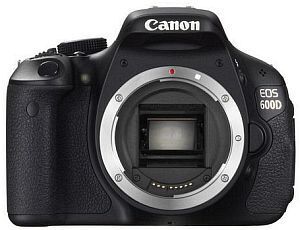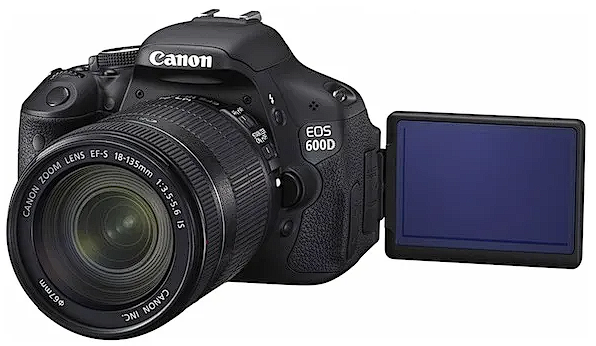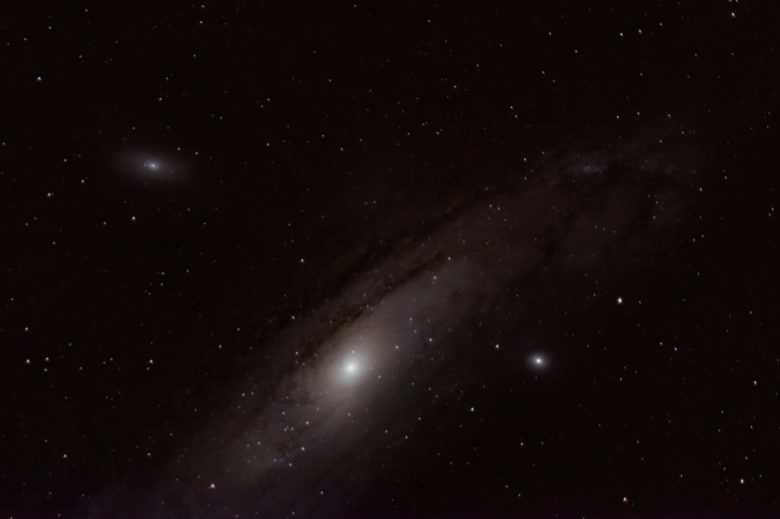I always loved staring into the depths of the universe. The feeling of being one with it. The perception-shifting realisation that we are the way universe observes itself in awe. The beautiful simple Newtonian physics observable and verifiable with affordable tools.Universe simply makes sense and we are it. Taking enhanced images of our limited, yet unexplored perspective of it is another step a dabbling amateur like me can take to show others, those who look at the ground, that above their head is a much bigger world than the daily mundane one we plough through every day.
Equipment
After my initial research (mostly on YouTube), it became clear that in order to create deep space object (DSO) photos of a decent quality, technique is paramount, while equipment plays a secondary role. Yes, rudimentary equipment, just like what I have lying around, will limit my ultimate reach, but it will provide plenty of space for me to grow into by learning the technique.
Basic DSLR Camera
I have a basic and old DSLR Camera (Canon 600D) which used to be a good entry-level option for beginners in 2011. A technically obsolete, but hard-working camera that can still get the job done, with some drawbacks that in my opinion, do not outweigh the vast cost-efficiency factor of this old camera already lying around. Admittedly, if I had no DSLR camera on hand, Canon 600D wouldn’t make my shortlist by any means, but the theme of this exercise was to make use of as much of the available equipment as possible, and upgrade only when it becomes necessary for further progress.
Canon 600D Drawbacks
Crop Sensor
Small area capturing light
Old Sensor and Processor Technology
High signal-to-noise ratio
No Built-in Intervalometer
I need to use an external timer
Canon 600D Advantages
Capable DSLR Camera Overall
Supports Manual Mode
Will Accept an External Timer
Wide Range of Available Lenses
Fully Articulated Display
It helps to be able to see the display even when the camera is pointing to the sky in awkward angles
Cheap
I am not using the more politically correct term of “cost-effective” on purpose here. In 2023 I can see them being sold for €120 second-hand online while modern mirrorless equivalents with contemporary technology go for around €1,500.


Any Capable Lens
Any lens will do for the start of the astrophotography journey. Its parameters will dictate what kind of photos I will be able to take in terms of composition, but in order to start revealing the beauty of the night sky, I can start anywhere.
That being said, luckily, I was already actively using my old camera for general photography and so I have a full set of lenses, covering focal lengths of 17mm to 600mm. This allows me to explore a wider range of options and spend more time learning the basics across several different subjects, such as:
- DSO – Galaxies
- DSO – Star Clusters
- DSO – Nebulae
- Moon
- Planets of the Solar System
- Milky Way
- Milky Way with Foreground
- Timelapses

